What is Arthritis in the Hands?
Arthritis of the hands is a common condition that causes pain, swelling, and stiffness in the joints. It can significantly impact daily activities, making simple tasks challenging. This condition can affect various parts of the hand, including the fingers and the base of the thumb.
Symptoms of Arthritis in Hands
The primary symptoms of hand arthritis include:
- Pain that often worsens with activities that involve gripping or pinching, such as turning a key or opening jars.
- Swelling in the joints, which can be noticeable after extended activity.
- Stiffness, particularly in the morning, which can last for several minutes to hours.
- Decreased range of motion which might make it difficult to perform tasks that require fine motor skills.
- Crepitus, a sensation or sound of grating when the joint is used.
How Do You Treat Arthritis in Your Hands?
Treatment for arthritis aims to relieve symptoms and improve hand function. The treatment approach can vary based on the severity of the symptoms and the specific needs of the patient.
Physiotherapy for Hand Arthritis
Physiotherapy plays a pivotal role in managing arthritis in the hands. It is often recommended as a first line of treatment due to its effectiveness in improving joint function and reducing pain without the need for medications or surgery. At Beachside Physiotherapy Emma Rogers has a quick and easy exercise guide for hand strengthening using our hand putty. To book an appointment with Emma simply click here
Benefits of Physiotherapy
- Pain Management: Therapists use techniques such as soft tissue massage, which can help reduce muscle tension and joint stiffness, TENS (Transcutaneous Electrical Nerve Stimulation) to decrease pain.
- Increased Joint Mobility: Regular, guided exercises can help maintain or improve the flexibility of the joints, which is crucial in preserving the range of motion and function of the hands.
- Strength Building: Strengthening the muscles around the affected joints can provide better support and reduce the burden on the joints, which helps in decreasing pain and enhancing function.
- Education and Prevention: Physiotherapists provide valuable education on joint protection and hand ergonomics, which are essential for reducing strain on the hands during daily activities.
Customised Treatment Plans
A Physio will create a personalised treatment plan tailored specifically to the needs and challenges of each patient. This plan might include:
- Therapeutic Exercises: Specific exercises aimed at improving hand strength and dexterity.
- Joint Protection Techniques: Training on how to use adaptive devices and modify daily activities to decrease pain and prevent further joint damage.
- Hand Splints or Braces: These may be recommended to support the joints and limit painful movements, particularly during flare-ups.
For a practical demonstration of therapeutic exercises for hand arthritis, consider watching this video: https://www.youtube.com/watch?v=BlKZOaU2mZY
Engaging in a regular physiotherapy treatment not only helps alleviate the immediate symptoms of arthritis but also contributes to long-term hand health.
What Makes Arthritis in the Hands Worse?
Several factors can exacerbate the symptoms of hand arthritis:
- Overuse: Repeated use of the hand joints can aggravate pain and swelling.
- Cold weather: Symptoms may worsen in colder temperatures, possibly due to increased joint stiffness.
- Poor ergonomic practices: Not using proper hand positions or adaptive tools for daily tasks can increase stress on the joints.
To explore exercises for improving mobility and strength in rheumatoid arthritis-affected hands, consider this video: Rheumatoid Arthritis Hand Exercises | Mobility & Strength
Medical Treatments
- Medications: Anti-inflammatory drugs, such as ibuprofen, can help reduce pain and swelling.
- Corticosteroid injections: These can be administered directly into the joints to reduce inflammation and pain.
- Surgery: In severe cases, surgical options such as joint replacement or fusion may be considered.
Tips for Daily Living
- Use adaptive tools: Kitchen tools, key holders, and buttoning aids can reduce strain.
- Exercise regularly: Keeping the joints flexible and the muscles strong is key.
- Protect your joints: Avoid activities that cause excessive stress on your joints.
- Stress management and relaxation techniques: Techniques like yoga or meditation can improve overall well-being and reduce pain.
Conclusion
While arthritis in the hands can pose significant challenges, adopting effective management strategies like Physiotherapy can greatly alleviate symptoms and enhance quality of life. Physiotherapy, with its focus on personalised care, pain management, and functional improvement, should be considered the cornerstone of arthritis treatment. By prioritising Physiotherapy individuals with hand arthritis can often avoid or delay the need for more invasive treatments and maintain active, fulfilling lives.
If you would like to live a more comfortable and functional life with arthritis in the hands please reach out.
Take care.
By Emma Rogers.

